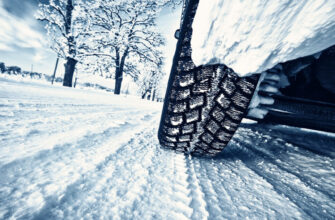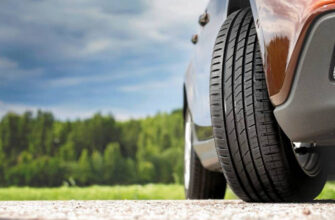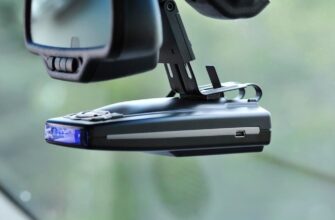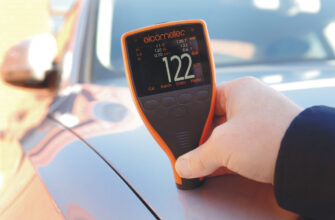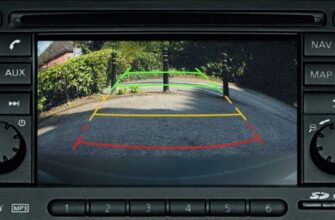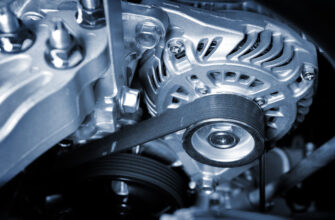The loader is a compact motorized equipment used for industrial purposes for the transportation and storage of bulky goods weighing one ton or more. The device is operated by the driver, for whom a special place is equipped in the central part of the cab, which contains all manipulators and levers designed to work with weights, as well as the steering wheel and transmission used for steering.
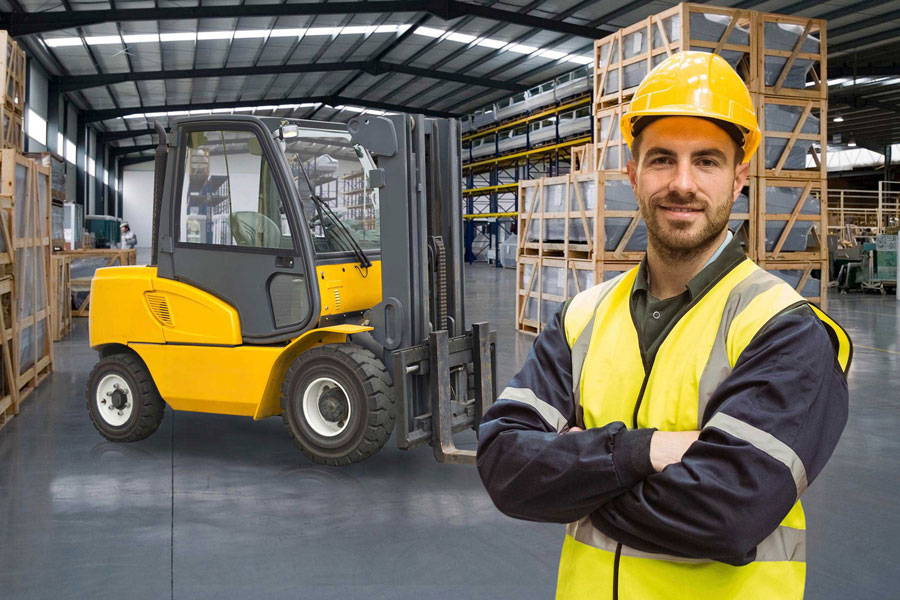
Top forklift manufacturers
When choosing a forklift for industrial operation, it is better to give preference to concerns that produce various types of installation equipment and construction equipment:
-
Mitsubishi;
-
Cashima;
-
Komatsu;
-
Caterpillar;
-
Volvo;
-
Heli;
The above technique is used at construction and industrial sites that are fundamentally different from each other. It is best to choose a model whose characteristics are suitable for solving the assigned tasks, taking into account technical features, as well as user reviews on the Internet.
Loader types
Depending on the nature of the operations performed, all loaders are divided into two types.
Bucket loaders
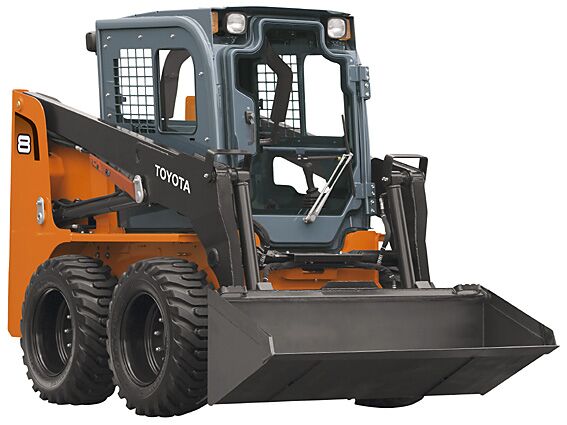
Devices used for handling various bulk cargo. They are a truck chassis mounted on wheels and driven by an engine. A special bucket is installed at the end of the telescopic boom, designed for working with sand, crushed stone, gravel and other bulk materials.
Advantages
-
Simple construction;
-
Allow the possibility of installing additional equipment instead of a bucket;
-
Depending on the carrying capacity, they can work with weights from 1 to 11-13 tons;
-
High cross-country ability;
-
Allows you to work in any conditions;
-
Versatility;
disadvantages
-
Require quality service and maintenance;
-
Not suitable for transporting pallets, pallets and other bulky goods;
-
In case of failure, the repair is carried out for a long time;
-
Expensive;
Forklift trucks
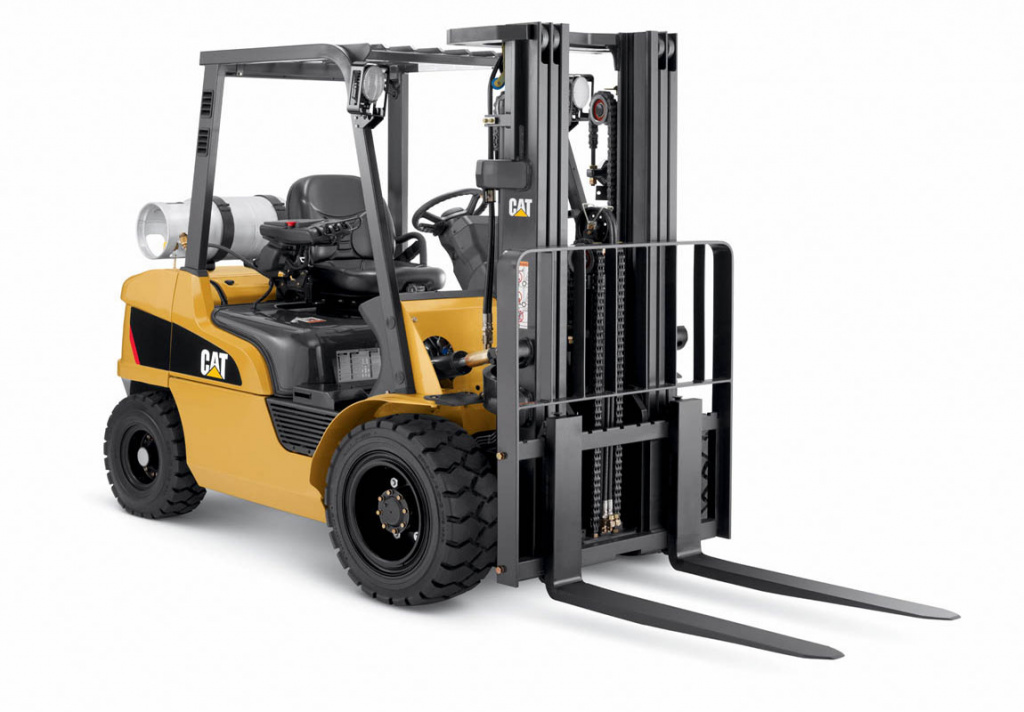
Devices designed for the transportation of whole large-sized items, loaded on pallets or pallets. Allows to lift pallets and containers by 1.5-2 meters and stack them. Compact and small models, economical to use and easy to maintain.
Advantages
-
Small size;
-
Mobile and maneuverable;
-
Carrying capacity up to 3-3.5 tons;
disadvantages
-
Expensive cost;
-
Not suitable for handling bulk cargo;
-
Require qualified service;
Loader selection parameters
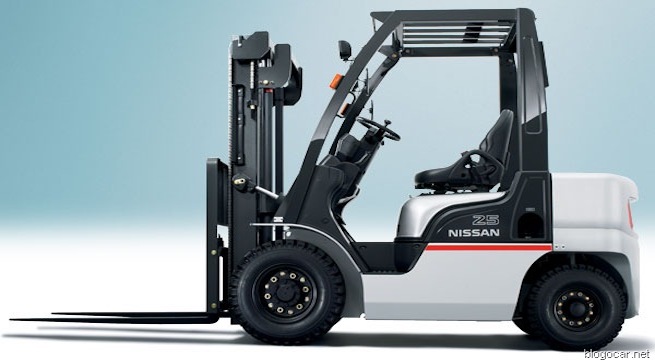
Having decided on the operating conditions and the type of loader, it is necessary to carefully consider the criteria that directly affect the working process:
Maximum lifting capacity
A parameter that displays the ability of the device to lift a load of a certain weight. The higher the carrying capacity, the larger and more massive the device and the higher its cost. For this reason, before making a choice, it is necessary to determine the working conditions and the weight of the transported goods, add 10-15% to the resulting number and use this figure as a guideline;
Lifting height
The design assumes a telescopic bar that allows you to adjust the lift height and change it over a wide range. This increases the functionality and operational range of the truck. On sale you can find models capable of lifting heavy loads to a height of up to 2-2.5 meters;
Loader engine type
By analogy with cars, installed engines can be divided into 4 conventional types:
-
Gasoline;
-
Diesel;
-
Gas;
-
Electrical;
The service life of the device is determined in this case not by kilometers, but by engine hours – the time of continuous operation of the engine. After a certain amount of time, the loader is sent for scheduled repairs, and the engine is sent to the capital. Loaders also differ in power – on sale you can find devices whose power starts from 15-20 and ends at around 80-100 horsepower;
Possibility of installing additional accessories for performing non-traditional types of work
Many manufacturers produce various accessories that are mounted on the boom or forklift forks using special quick-release clamps. With their help, it is possible to significantly expand the capabilities of the device;
Installed transmission type
Currently, the most common are classic 'mechanics', hydrostatic manual transmission, and its automatic counterpart. The latter is the most convenient in terms of operation, but such a box is also the most complex in terms of design. Mechanical transmissions, due to their specificity, are rarely installed, most often on models of a budget price range.
Attention! This material is the subjective opinion of the authors of the project and is not a purchase guide.



